PCB boards are a common basic material used in electronic devices, and almost all electronic devices rely on PCBs. Their main function is to provide electrical connections, mechanical support, and electrical and thermal performance, among other functions. Different devices require different PCB materials, and the type and selection of PCB materials have a significant impact on the performance and reliability of electronic devices. Here are some common PCB materials:
FR-4:
This is the most common PCB material, consisting mainly of glass fiber and epoxy resin. It has excellent insulation, mechanical strength, and temperature resistance, and is widely used in the manufacture of electronic products.
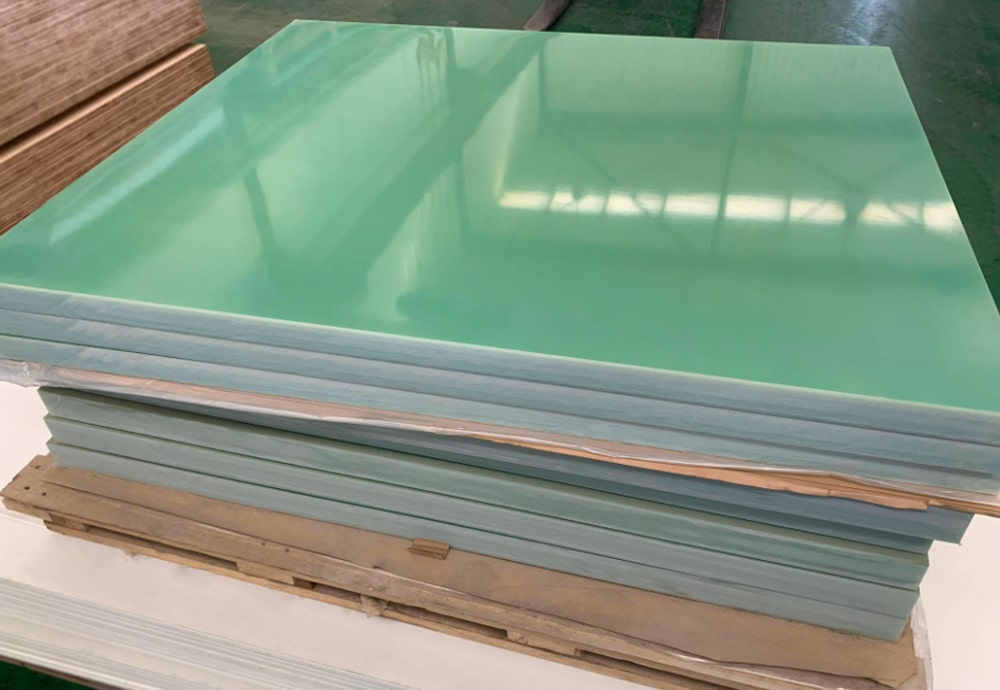
Flexible PCB (FPC):
FPC is a flexible PCB board with high flexibility and corrosion resistance. It is suitable for complex-shaped circuit boards that can be bent and folded, and is commonly used in mobile devices such as smartphones and tablets. However, its mechanical strength is low and it is not suitable for high-power circuits.
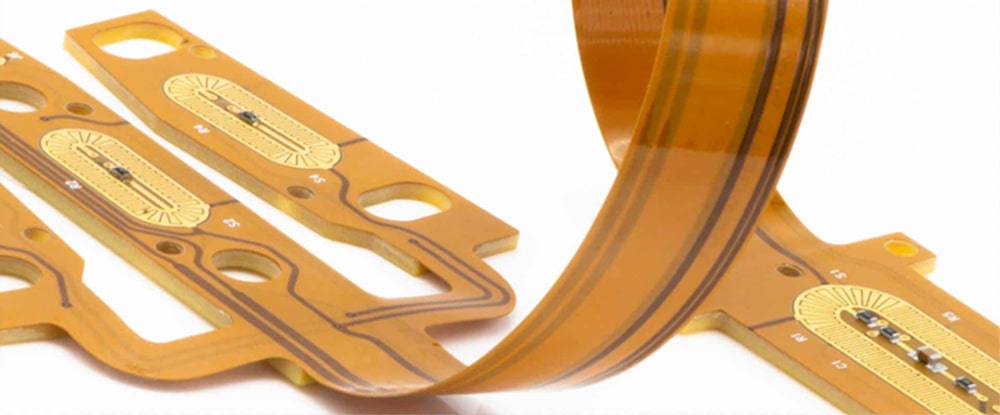
High-TG FR-4:
High-TG FR-4 materials have a higher glass transition temperature (TG value) than normal FR-4 materials, which allows them to withstand higher temperatures (up to 150°C) and humidity environments. They are suitable for electronic products used in high-temperature and high-humidity environments, such as electronic circuit board manufacturing and automotive electronics.
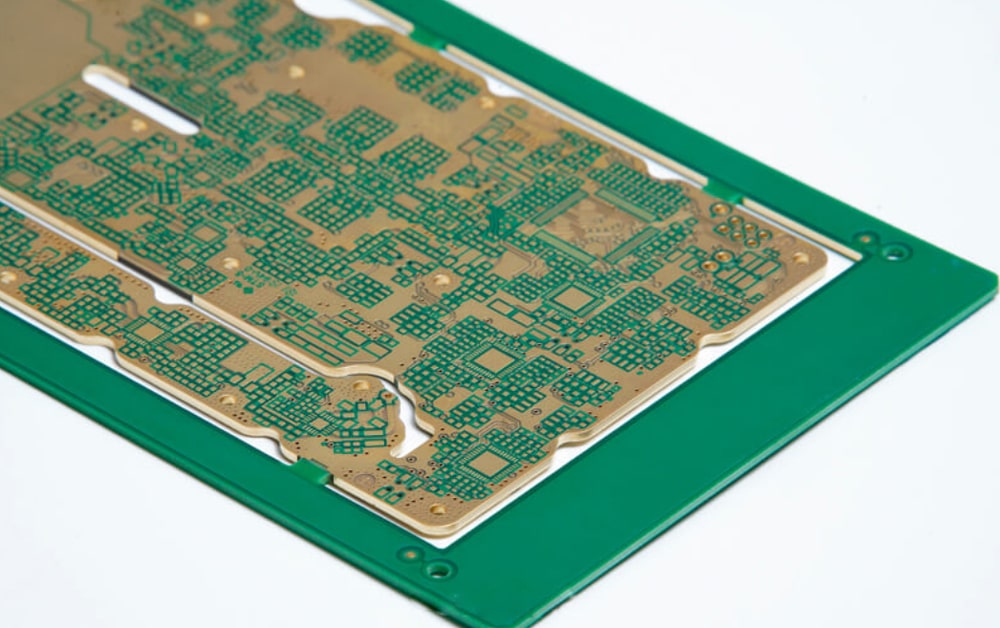
Metal core PCB:
A metal core PCB is a PCB structure where the circuit layer is directly laid on the metal substrate. It is a PCB board with a metal substrate such as aluminum, copper, or tungsten, and has excellent heat dissipation performance, making it suitable for high-power and high-temperature applications such as LED lighting and power circuits. It is also suitable for high-density layout.
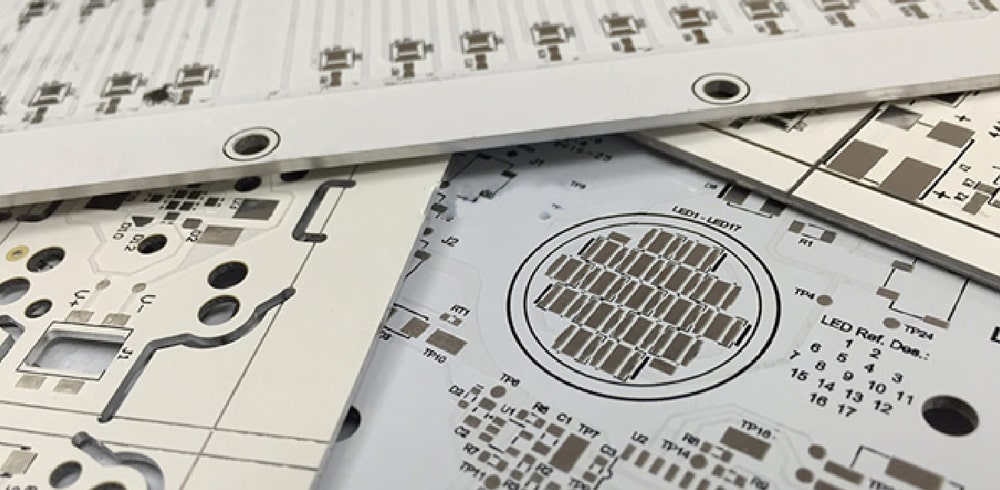
Ceramic PCB:
A ceramic PCB is a PCB board with a ceramic material as the substrate, which has high temperature, high frequency, high speed, and low dielectric constant properties. This material is used for high-frequency and high-power applications and has a high dielectric constant and thermal conductivity, making it suitable for RF and microwave circuits and widely used in high-power electronic components and microwave devices.
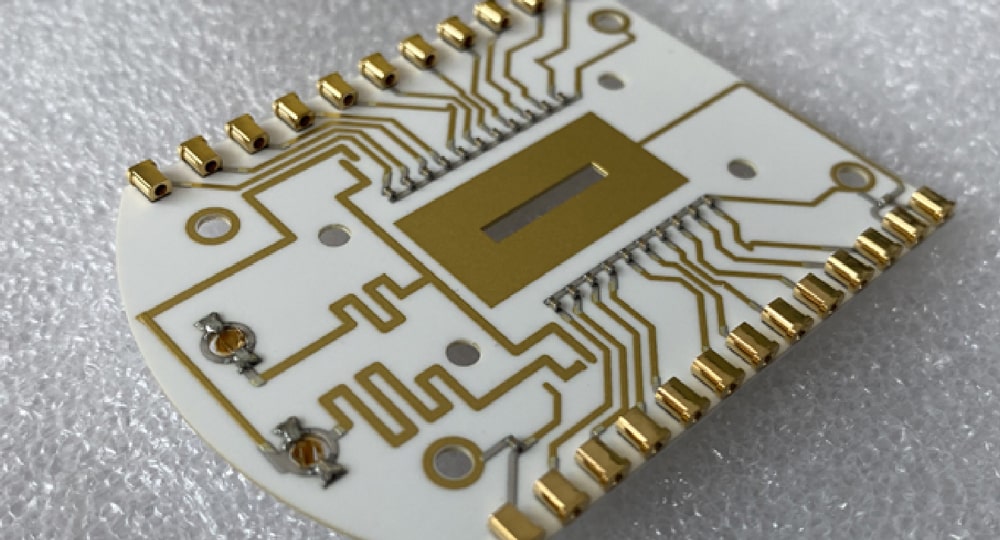
RF PCB:
RF PCBs are suitable for high-frequency applications and have excellent signal transmission performance, making them suitable for 5G base stations, satellite communications, and other applications. They have low loss, low dielectric constant, and low dielectric loss factor properties.
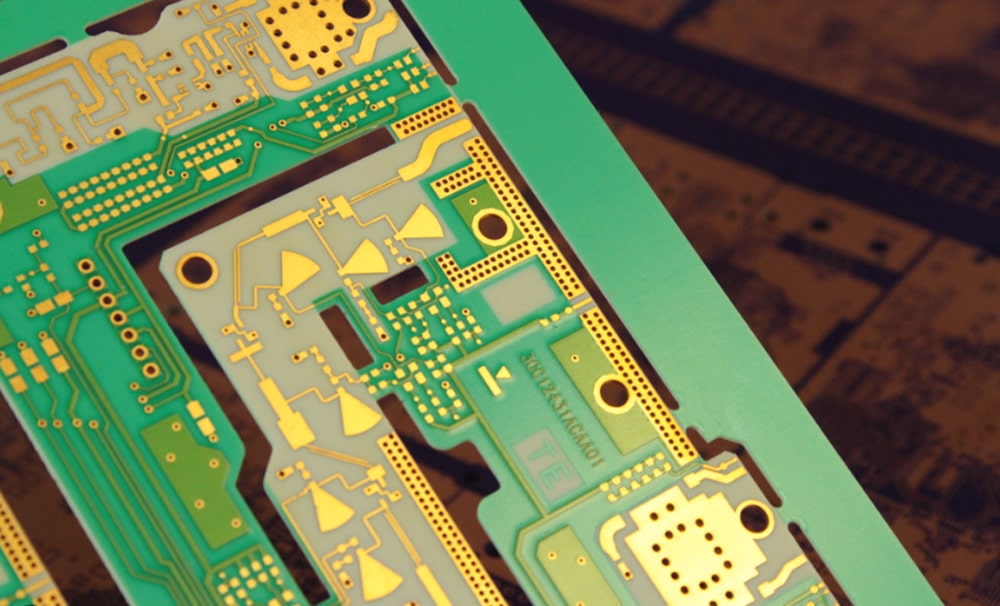
CEM-3:
CEM-3 is a commonly used PCB material suitable for single, double-sided, and multilayer circuit boards. It is usually used to manufacture mid- to high-end electronic products such as communication equipment, computers, automotive electronics, and medical devices. Compared to other PCB materials, CEM-3 has high temperature performance, thermal stability, mechanical strength, and low cost. However, it also has some disadvantages, such as a large dielectric constant, which leads to slow signal transmission speed, and it is susceptible to chemical corrosion and dissolution. CEM-3 is a cost-effective PCB material suitable for many electronic devices that do not require high performance.
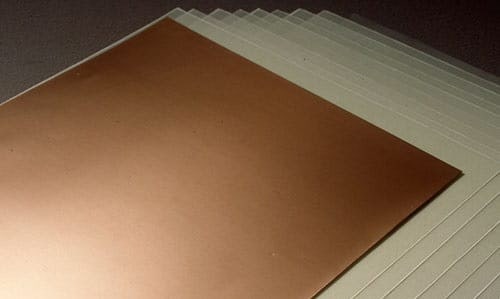
Polyimide (PI):
Polyimide (PI) is a high-performance polymer material with excellent mechanical, electrical, and thermal properties in extreme environments such as high temperature, high frequency, and high speed. Therefore, PI materials are widely used in high-reliability circuit boards in the semiconductor, electronics, aerospace, and other fields. Polyimide has high temperature performance and can operate at temperatures up to 400°C, withstands high-temperature thermal stress and severe temperature changes. It also has low dielectric constant and dielectric loss, which can achieve faster signal transmission and better signal integrity. It also has good signal transmission and noise suppression capabilities in high-frequency circuits.
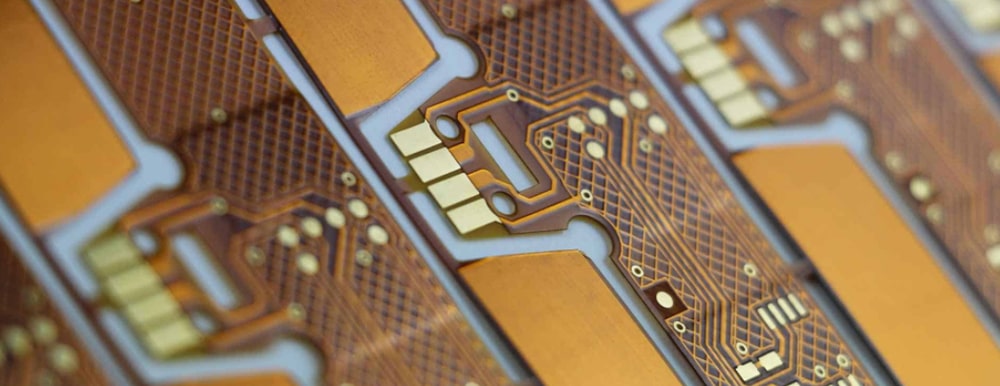
Aluminum PCB:
An aluminum PCB is a printed circuit board made of an aluminum substrate. Compared to traditional glass fiber substrates, aluminum substrates have advantages such as good thermal conductivity, low linear expansion coefficient, and high reliability, making them widely used in LED lighting, automotive electronics, aerospace, communications, power, and other fields.
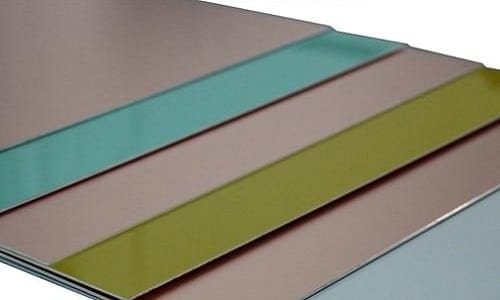
Rogers:
Rogers PCB refers to a printed circuit board (PCB) made using Rogers material. Rogers material is a high-performance, high-frequency circuit board material developed by Rogers Corporation in the United States. This material has characteristics such as low dielectric constant, low loss, high stability, and high temperature resistance, making it suitable for circuit design in high-frequency, high-speed, and microwave frequency bands. Rogers PCBs are widely used in wireless communication, radar systems, satellite communication, aerospace, medical equipment, computer hardware, and other high-performance electronic devices. They not only meet the requirements of high-performance circuits, but also improve the reliability and stability of circuits, thereby improving the performance and lifespan of electronic devices.
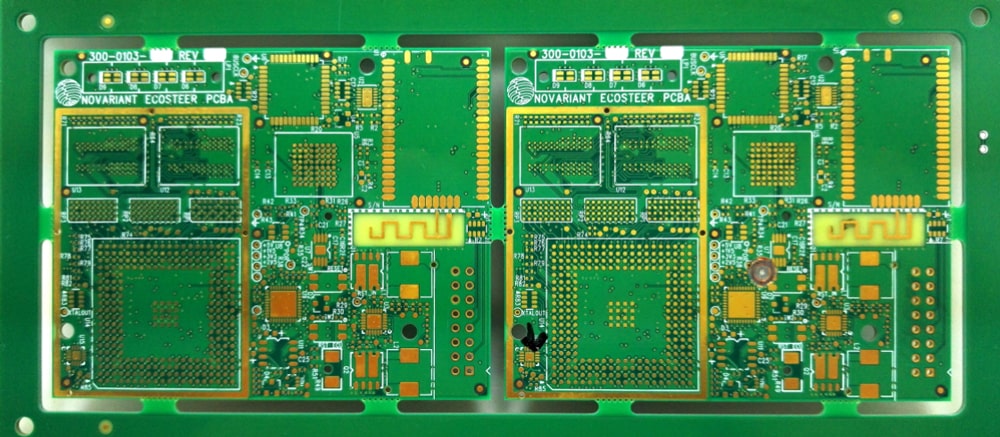
PTFE (Polytetrafluoroethylene or Teflon)
Polytetrafluoroethylene is a high-performance, high-temperature stable material with low dielectric constant and low loss, making it highly suitable for manufacturing high-frequency and microwave circuits.
It is widely used in fields such as wireless communication, radar systems, satellite communication, aerospace, medical equipment, computer hardware, and other high-performance electronic devices. Due to the low dielectric constant and low loss properties of PTFE, it can achieve faster signal transmission, lower signal loss, and better signal integrity.
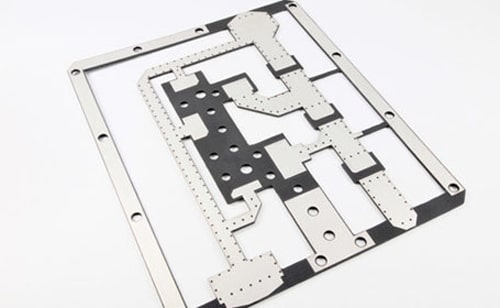
The number of layers of PCBs affects the layout and performance of circuits. The more layers, the more flexible the circuit layout and better the circuit performance. However, the more layers, the higher the cost. The selection of PCB board materials should be based on specific application scenarios, performance requirements, manufacturingprocesses, and cost considerations. Different PCB materials have their own advantages and disadvantages, and it is essential to choose the right PCB material for the specific application to ensure the reliability and performance of the electronic devices.










